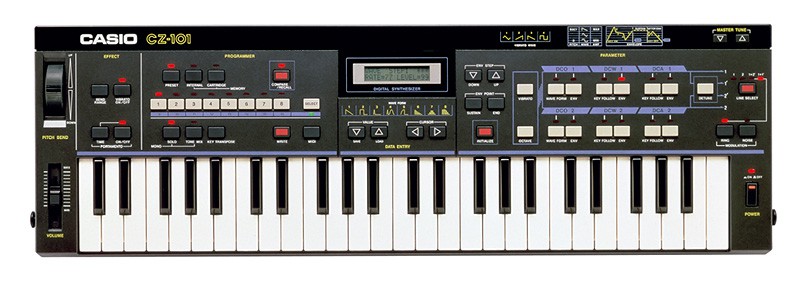Phase Distortion Synthesis (PDS) is a technique for creating sounds that are used in creating electronic music, particularly in the mid-1980s Casio CZ synthesizers. The method, which is based on changing a waveform‘s phase, gives users more control over a sound’s harmonic composition. This makes it possible to produce a wider variety of sounds than traditional subtractive synthesis.
By changing the phase of a fundamental waveform, typically a sine wave, PDS produces sound by generating a new waveform with new harmonic content. Complex sounds that would be challenging or impossible to create using conventional subtractive synthesis can be produced by manipulating the waveform’s phase.
One of PDS’s main benefits is that it makes it possible to produce sounds with a variety of harmonic content. Bass, leads, and percussive sounds can all be produced this way. Additionally, it enables the production of intricate and changing sounds that are challenging to achieve using conventional subtractive synthesis.
PDS also offers extensive control over a sound’s harmonic composition, which can be used to produce unusual and distinctive sounds. This has led to it becoming a well-liked option for musicians and producers looking to incorporate unique and distinctive sounds into their music.
In general, phase distortion synthesis is a robust and adaptable method of sound creation that can create a variety of sounds. It has become a popular option among musicians and producers looking to produce distinctive and one-of-a-kind sounds. It is still used today in many types of electronic music production.





